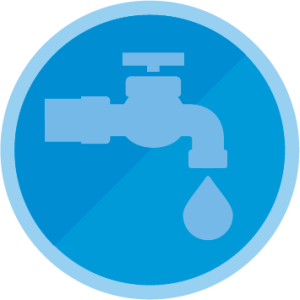
Conservation and Behavior Change
Our behavior plays an important role in creating and resolving environmental challenges. What do you know about human behavior, and how can we apply that understanding to the design of effective education and communication tools? What encourages environmentally responsible behavior? What strategies, theories, or programs have been proven to initiate behavior changes, and how do we sustain them? What are your experiences or ideas about behavior change, and how can we use this knowledge to work toward sustainability? Become a member of this group and discuss the myriad of possibilities!
Make sure you’re logged into eePRO to access all the Group features, like the forum and member activity feeds!
Bulletin Board
-
-
-
By rethinking what gifts can be and how we ask for them, we can bring less stress and more meaning back to the holidays.
-
Sandhill Crane migration in southwestern Nebraska, along the Platt River, is one of the planet's spectacular migrations. Over half a million cranes converge on the area in late February through early March, powering the local economy through tourism. However, the cranes use more than the river…
-
Getting from changing minds to changing behavior is a challenge all environmental educators face. By providing our audiences with ownership over their actions—and consequences—we can successfully meet this challenge. Learn how New Orleans' teens did just that.
-
Each month, NAAEE will share blogs from the Aquaculture Literacy grantees as they implement innovative educational experiences that explore aquaculture topics in local communities. We can’t wait for you to “sea” what they are up to!
-
-
Mobile gaming can play a powerful role in engaging players by framing conversations to increase wildlife empathy.
-
Environmental NGO, Lynnhaven River Now, works with Faith communities to nurture a sense of local community stewardship.























